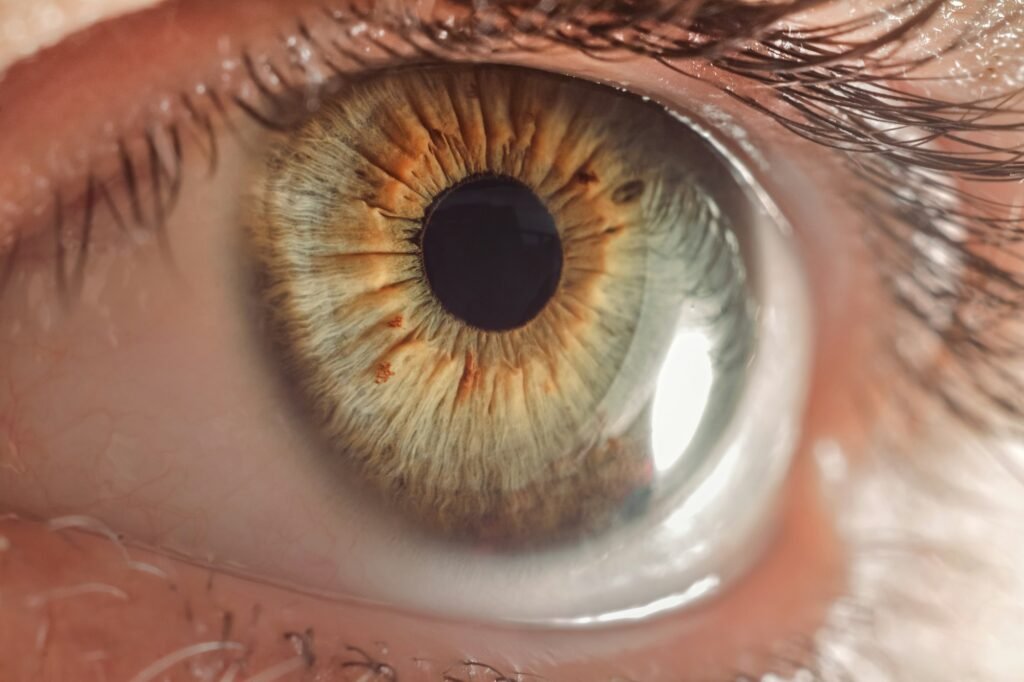Iridology

Iridology
Iridology is a practice rooted in the belief that the iris, the colored part of the eye, holds valuable information about a person’s overall health and well-being. Practitioners of Iridology suggest that the complex patterns, colors, and other markings within the iris act as a map reflecting the health of various organs and systems of the body. While considered an alternative diagnostic technique, Iridology finds a place within the holistic health sphere as a potential tool for uncovering areas of potential concern and guiding personalized wellness plans.
What is Iridology?
The core principles of Iridology include:
- Iris as a Reflex Map: Specific zones in the iris are believed to correspond to different organs and systems.
- Iris Markings: Changes in color, pigmentations, or structural variations may suggest health issues.
- Holistic Assessment: Iridology focuses on identifying susceptibility to illness rather than diagnosing disease.
- Non-Invasive: The assessment involves examining the irises, typically using magnification and lighting.
- Complementary Tool: Often used alongside other holistic health practices for a multifaceted approach.
How can Iridology help you?
While not a substitute for conventional medical diagnoses, Iridology is sometimes used by those seeking:
- Holistic Insights: A more comprehensive view of overall health patterns and potential imbalances.
- Prevention-focused Approach: Identification of areas where preventative measures may be beneficial.
- Personalized Wellness: Iridology findings, combined with other modalities, can inform tailored lifestyle changes.
- Complementary Assessment: May be used alongside conventional medical testing for a broader picture.
What is Iridology good for?
Iridology is sometimes seen as potentially helpful for individuals interested in:
- Identifying Genetic Predispositions: Iridologists suggest certain iris patterns may indicate inherited health tendencies.
- Metabolic and Organ Health: May reveal signs of sluggish digestion, toxin accumulation, or organ stress.
- Inflammation and Tissue Weakness: Markings may indicate areas of inflammation or weakness in the body.
- Nutritional Deficiencies: Some markings could suggest possible vitamin or mineral deficiencies.
- Stress and Emotional Wellbeing: Some iridologists believe the iris reflects stress levels and emotional states.
Benefits of Iridology
While the scientific validity of Iridology is contested, some individuals find potential benefits in:
- Increased Body Awareness: Encourages greater attention to subtle signs of imbalances within the body.
- Motivation for Lifestyle Changes: Can serve as a catalyst for implementing positive health habits.
- Non-Invasive Assessment: Attractive for those preferring a non-invasive diagnostic approach.
- Empowerment to Seek Further Exploration: Findings may prompt seeking additional testing or investigation by other health practitioners.
What to expect from Iridology with a practitioner
A typical Iridology session may involve:
- Health History Discussion: Reviewing your medical history, current concerns, and health goals.
- Iris Examination: Using a specialized magnifying instrument and lighting to closely examine both irises.
- Iris Chart Consultation: Practitioners often use iris charts to map observations and correlate them to bodily areas.
- Explanation of Findings: Discussion of potential imbalances, susceptibilities, and overall health tendencies.
- Recommendations: May include dietary changes, herbal supplements, stress management techniques, or referrals to other practitioners.
Similar Modalities to Iridology
Other alternative healing practices share some conceptual similarities with Iridology:
- Reflexology: Based on a map of reflex points (mainly on feet/hands) mirroring the body’s organs.
- Traditional Chinese Medicine (TCM) Tongue and Pulse Diagnosis: Examining these areas for health clues.
- Naturopathy: Uses various natural assessments, sometimes including iris analysis, as part of holistic care.
Final Thoughts
Iridology remains a divisive subject, with mainstream medicine largely dismissing its diagnostic reliability. However, some individuals within the holistic health community view it as a potentially valuable supplementary tool. If considering Iridology, it is essential to approach it with an open yet critical mind. Seek a qualified practitioner, use the information gained in conjunction with sound medical advice, and maintain realistic expectations about its scope and limitations.
Scientific References
- Barrett, S. (2000). Iridology: A critical Review. Retrieved from https://quackwatch.org/consumer-education/nonrecorg/
- Ernst, E. (2000). Iridology: Not useful and potentially harmful. Archives of Ophthalmology, 118(1), 120–121.
- Knipschild, P. (1988). Looking for gall bladder disease in the patient’s iris. British Medical Journal, 297, 1578-1581.
Recommended Reading
- Jensen, B. (2023). The Science and Practice of Iridology (Volume 1) . Bernard Jensen International.
- Deck, J. (2012). Iridology: A Complete Guide (in 2 volumes). Healing Arts Press.
- Buchanan, T. (2012). Your Eyes Don’t Lie: Discover the Truth About Your Health and Personality Through Iridology. CreateSpace Independent Publishing Platform.
FAQ: Iridology
Is Iridology scientifically proven?
No, large-scale, rigorous studies validating its accuracy as a diagnostic tool are lacking.
Can Iridology diagnose specific diseases?
No! Iridologists emphasize they identify potential tendencies, NOT definitive diseases.
Are Iridologists medical doctors?
Not usually. Training varies, look for certifications in Iridology from reputable organizations.
Should I replace conventional medical care with Iridology?
Absolutely not! Iridology should be considered complementary to evidence-based medical care.
How much do Iridology sessions cost?
Prices vary widely by practitioner. Some may combine it as part of naturopathic consultations.











